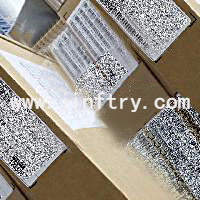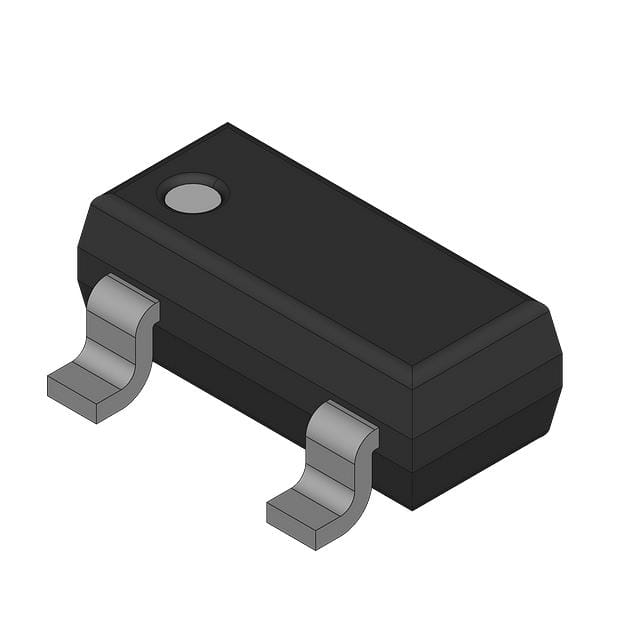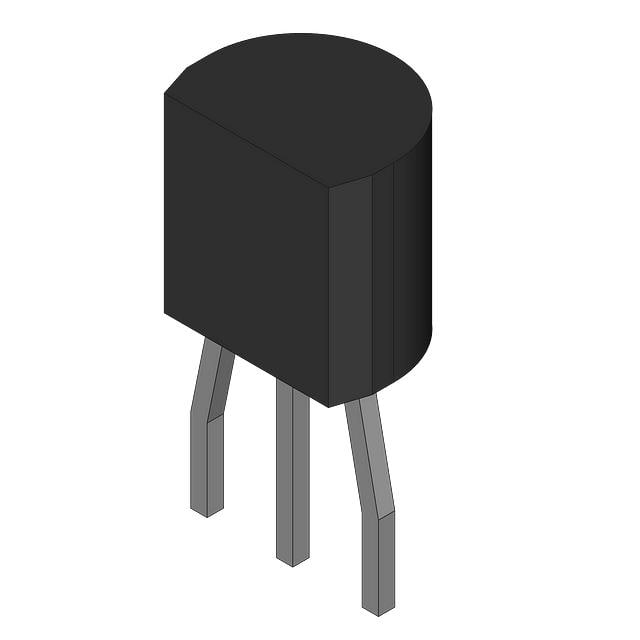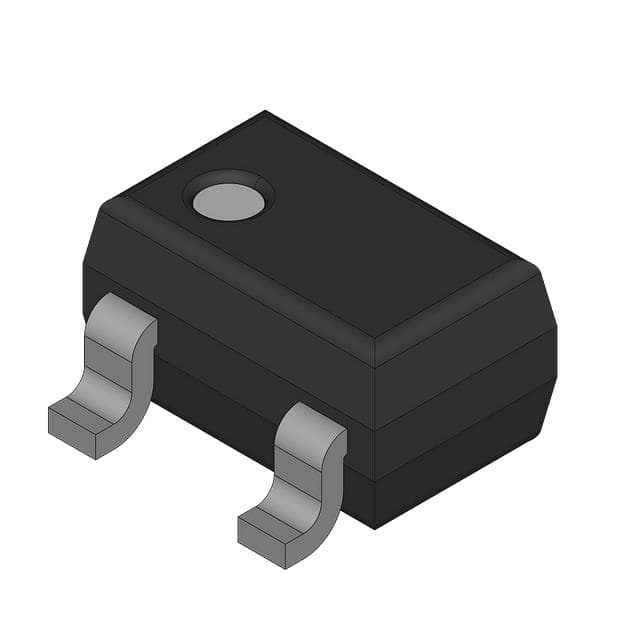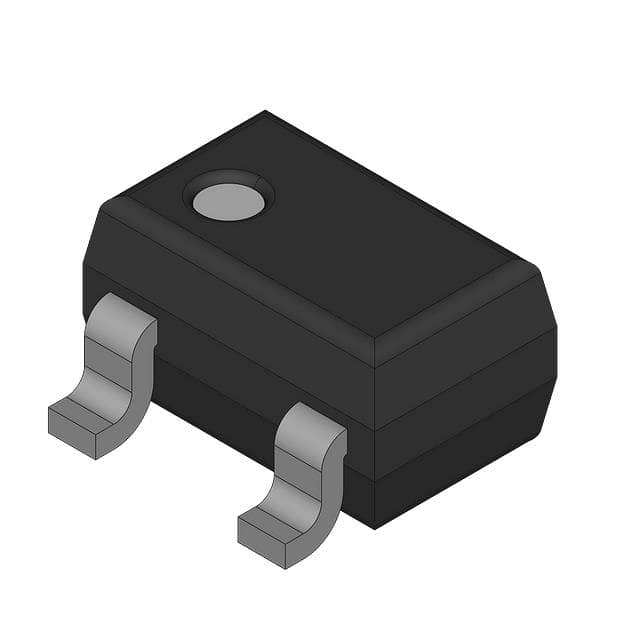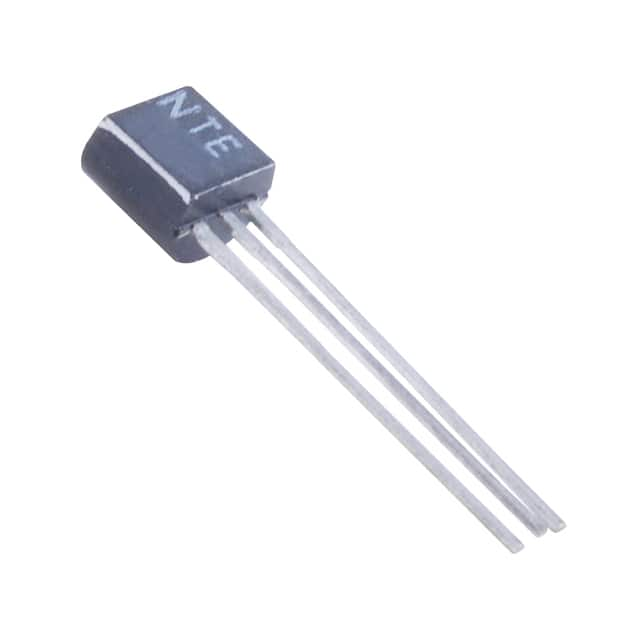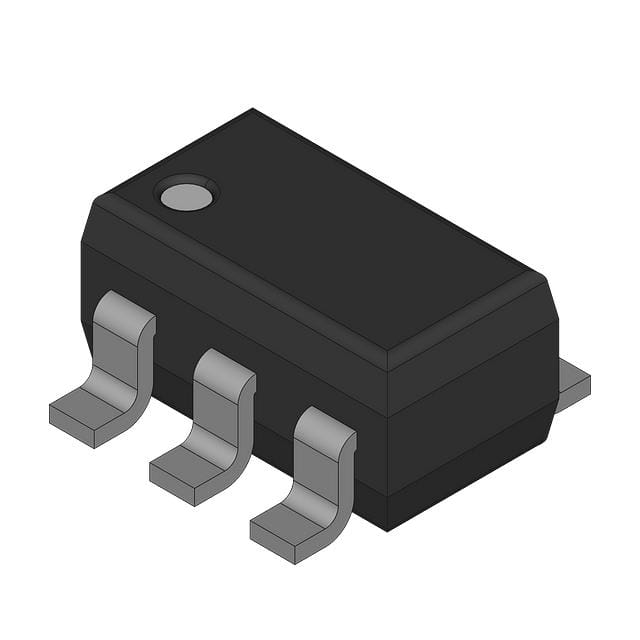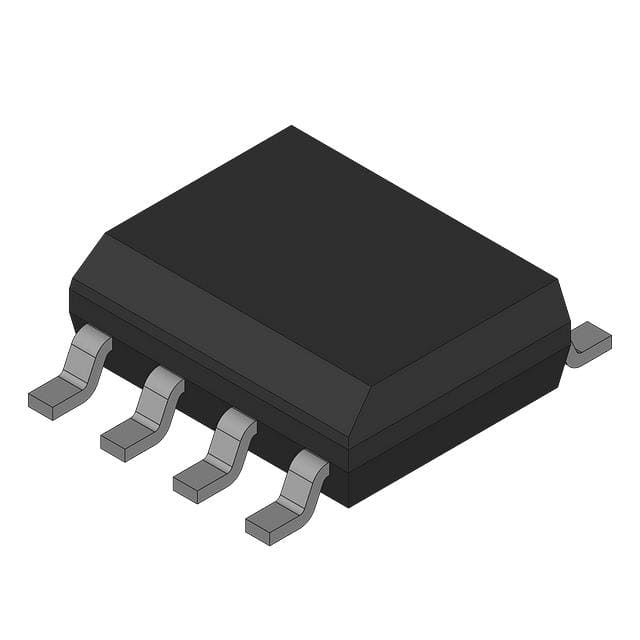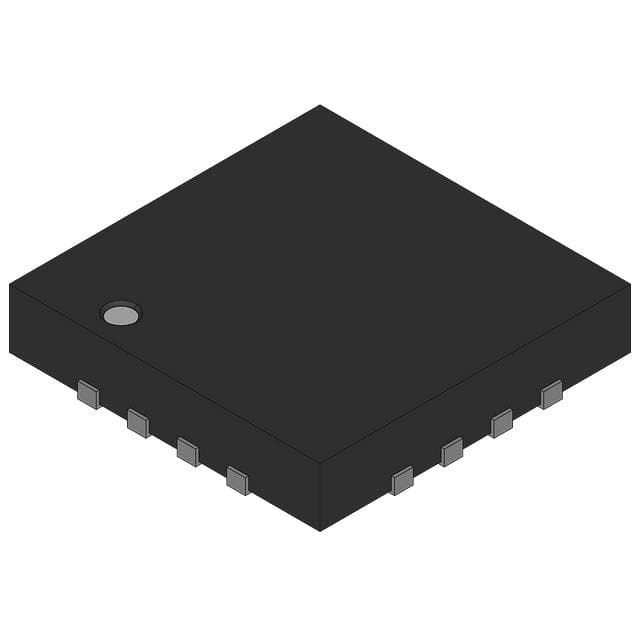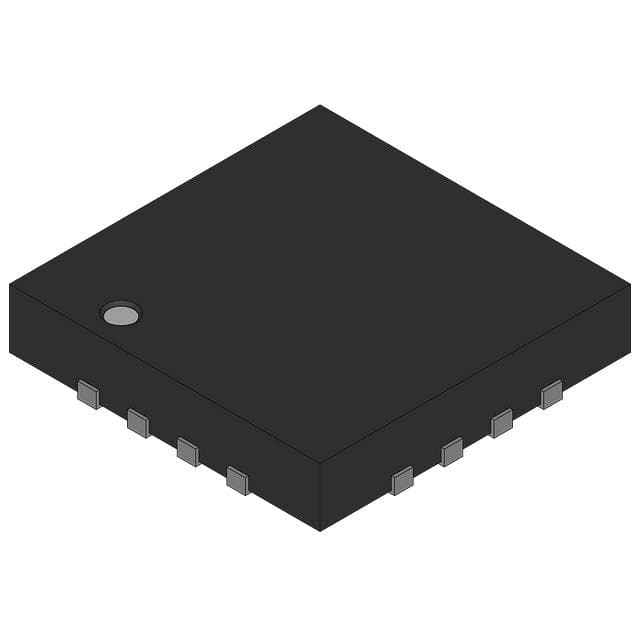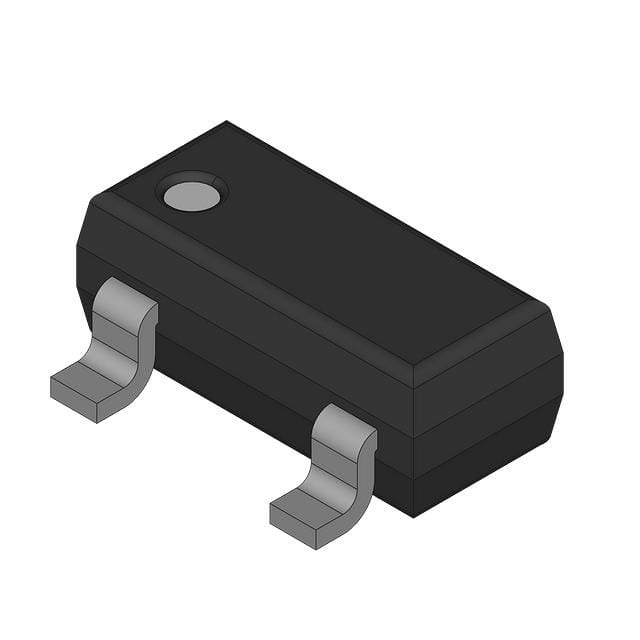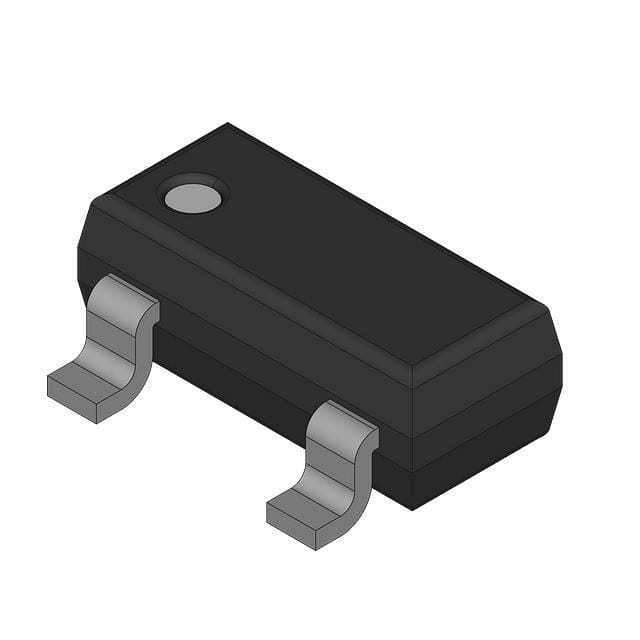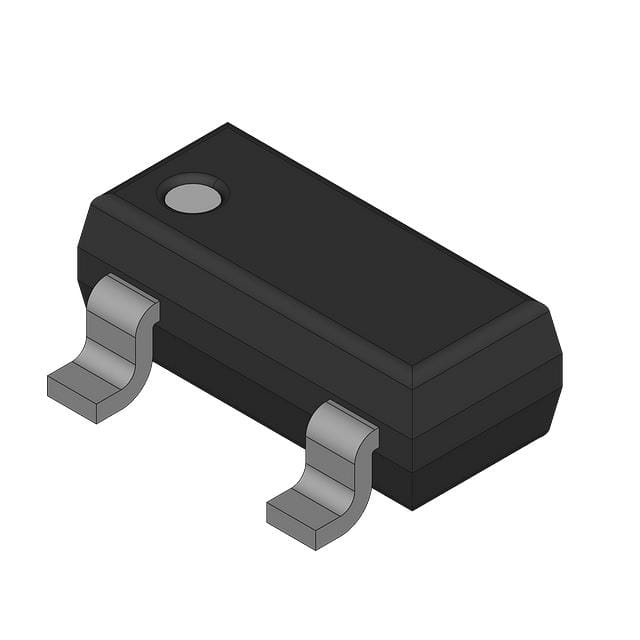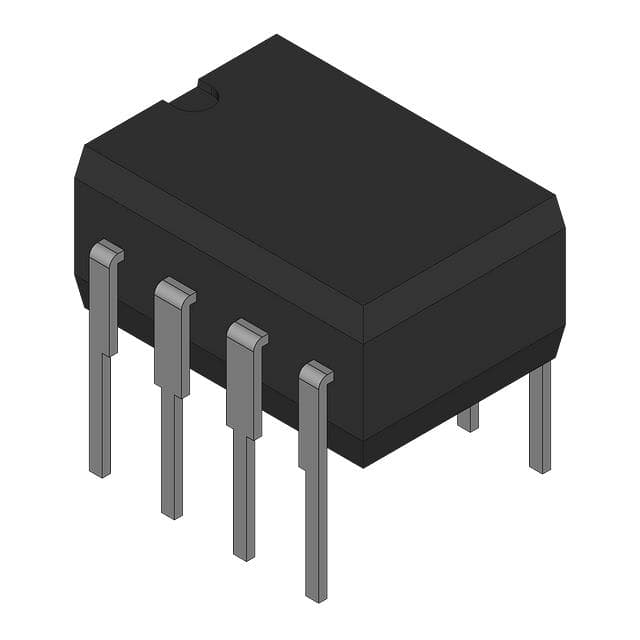ICL8069BMSQ-2 Product Introduction:
Maxim Integrated Part Number ICL8069BMSQ-2(PMIC - Voltage Reference), developed and manufactured by Maxim Integrated, distributed globally by Jinftry. We distribute various electronic components from world-renowned brands and provide one-stop services, making us a trusted global electronic component distributor.
ICL8069BMSQ-2 is one of the part numbers distributed by Jinftry, and you can learn about its specifications/configurations, package/case, Datasheet, and other information here. Electronic components are affected by supply and demand, and prices fluctuate frequently. If you have a demand, please do not hesitate to send us an RFQ or email us immediately sales@jinftry.com Please inquire about the real-time unit price, Data Code, Lead time, payment terms, and any other information you would like to know. We will do our best to provide you with a quotation and reply as soon as possible.
Introducing the Maxim Integrated ICL8069BMSQ-2, a cutting-edge integrated circuit designed to revolutionize the world of power management. This highly advanced product boasts a range of features that make it a standout choice for engineers and designers alike.
The ICL8069BMSQ-2 offers exceptional accuracy and precision, ensuring optimal performance in power management applications. With a voltage reference accuracy of ±0.1%, this integrated circuit guarantees reliable and consistent voltage regulation, even in the most demanding conditions.
One of the standout features of the ICL8069BMSQ-2 is its low power consumption. With an ultra-low quiescent current of just 10µA, this integrated circuit is perfect for battery-powered devices, extending battery life and reducing overall power consumption.
Furthermore, the ICL8069BMSQ-2 offers a wide operating voltage range of 2.7V to 36V, making it suitable for a variety of applications. From portable electronics to industrial equipment, this versatile integrated circuit can handle it all.
The ICL8069BMSQ-2 is ideal for a range of application fields, including battery-powered devices, portable medical equipment, industrial automation, and automotive electronics. Its high accuracy and low power consumption make it a perfect choice for applications that require precise voltage regulation and long battery life.
In conclusion, the Maxim Integrated ICL8069BMSQ-2 is a game-changing integrated circuit that offers exceptional accuracy, low power consumption, and a wide operating voltage range. With its versatile features and application fields, this product is set to revolutionize the world of power management.
Voltage Reference is an electronic component or circuit that provides accurate and stable voltage output. It is the standard used to establish the reference voltage in many electronic systems. The voltage reference can be a standalone integrated circuit (IC) or it can be a component included in a larger system. The output voltage of the voltage reference is usually very stable and is not affected by factors such as temperature changes, power supply voltage fluctuations, etc., which makes it an indispensable component in electronic design.
Application
Voltage Reference has a wide range of applications, covering almost all electronic devices and systems that require high-precision voltage reference. In the field of industrial automation, voltage reference is used in precision measuring instruments and sensor signal processing in process control systems to ensure the accuracy of measurement data and the stability of control processes. In the field of communication, as a reference voltage source for key components such as clock generator and signal modulator, it is very important to ensure the quality of communication. In the field of consumer electronics, with the popularity of smart devices, the demand for power management is increasing, and voltage reference plays an important role in battery management systems and charge control. In addition, in the field of medical electronics, aerospace, scientific research and other high-precision requirements.
FAQ about PMIC - Voltage Reference
-
1. What is a shunt voltage reference IC?
A shunt voltage reference IC is a chip used to measure the potential of each point in a circuit, mainly used to determine the reference potential of the circuit. It converts a DC power supply or battery-powered AC power into a low-voltage differential voltage signal output through a resistor, and then converts it into a digital quantity by an AD conversion circuit. It is widely used in various measuring instruments, meters and control systems.
-
2. What is a reference voltage IC?
A reference voltage IC is a voltage reference IC. A voltage reference IC is a precise, temperature-compensated voltage source that can provide a specific output voltage value, such as 1.225V, 4.096V or 10.000V. They are mainly used to provide a stable and precise voltage reference in various electronic systems to ensure the stability and reliability of the system.
There are two main types of voltage reference ICs: shunt voltage reference ICs and series voltage reference ICs. The shunt voltage reference IC uses an external series resistor to set the maximum current supplied to the load. It is suitable for situations where the load is almost constant and the power supply changes very little. The series voltage reference IC contains a voltage reference and an amplifier that controls the output voltage. It is suitable for situations where the load current is variable and the output voltage changes strictly when the temperature changes.
-
3. What is a voltage reference IC?
A voltage reference IC is an integrated circuit used to provide a stable voltage reference point. It is widely used in various electronic circuits to ensure the normal operation of other circuits. Voltage reference ICs are key components for high-precision data acquisition and processing, and are often used in measuring instruments, control systems and other fields.
The working principle of a voltage reference IC is to convert a DC power supply or battery-powered AC power into a low-voltage differential voltage signal output by reducing the voltage through a resistor, and then convert it into a digital quantity by an analog-to-digital conversion circuit. Such devices play an important role in various measuring instruments, meters and control systems.
 Lead free / RoHS Compliant
Lead free / RoHS Compliant



